Dress with a secret. At first glance, it seems incredibly “simple,” ordinary and unremarkable. However, this is absolutely not true. Contrasting colored diagonals perform several secret functions at once: they break up the cut line, thanks to which they slim the figure; hide if there is a tummy; straight, but not tight-fitting (again, another plus for the figure), etc. And the apparent simplicity of knitting again plays into the hands of the fact that it fits perfectly with any accessories.

The dress is knitted from Turkish blended yarn Sarmasik 200m/50g:
- cotton 60%
- acrylic 20%
- viscose 20%
White and red, 150g each. Black – 200g yarn

Finished product weight 485g.
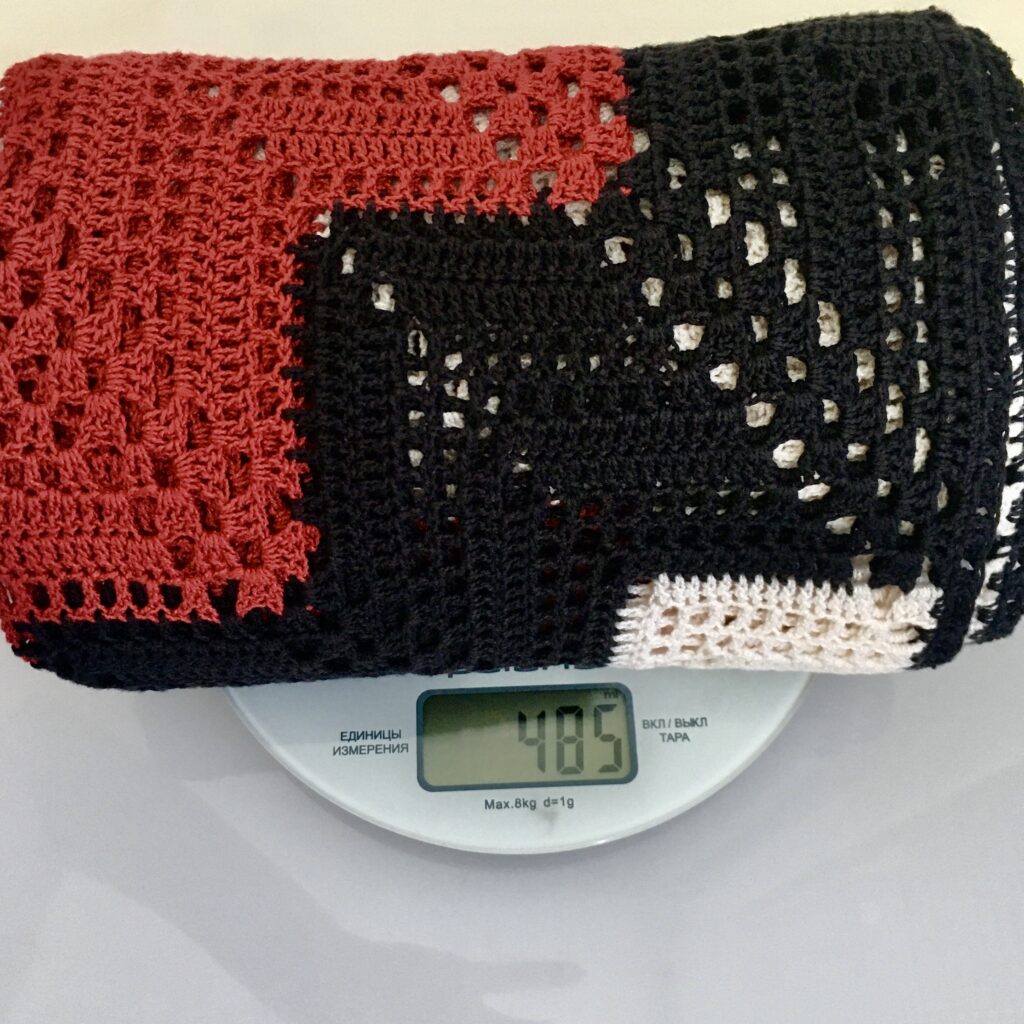
Clover hook 2.0mm
The following abbreviations are used to describe the work:
VP - air loop
СС – connecting post
RLS - single crochet
Dc - double crochet
Scheme of the main pattern from a Japanese magazine.
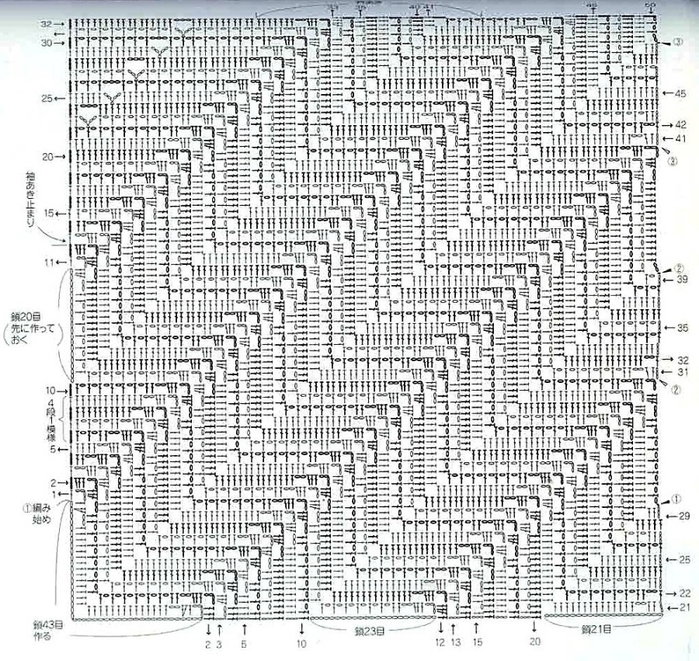
The dress is knitted from two rectangles. The width of the dress does not depend on the size - it is dictated by the pattern and the change of colors. I have 3 colors of yarn to form the top line and, accordingly, the beginning of the rectangle - 45cm.

Start knitting from the top corner of the rectangle. Using white, we cast on a chain of 43 VP and knit 10 rows according to the pattern.

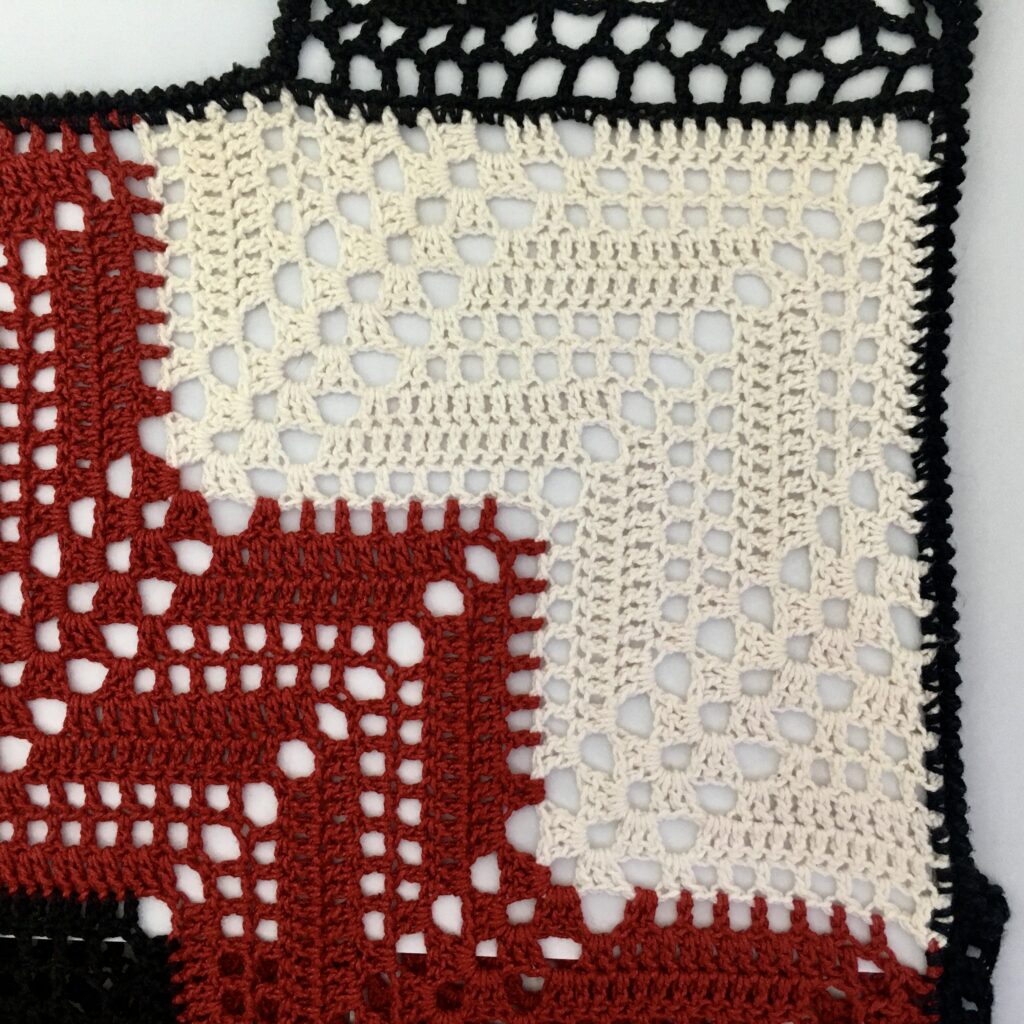
Next, we attach a red thread and knit a chain of 23VP. At the end of the 11th row, we knit a chain of 20 VP using a separate red thread, and continue the 11th row. Next 10 rows according to the pattern from 11-20 rows.

The photo shows a red diagonal at the neck.
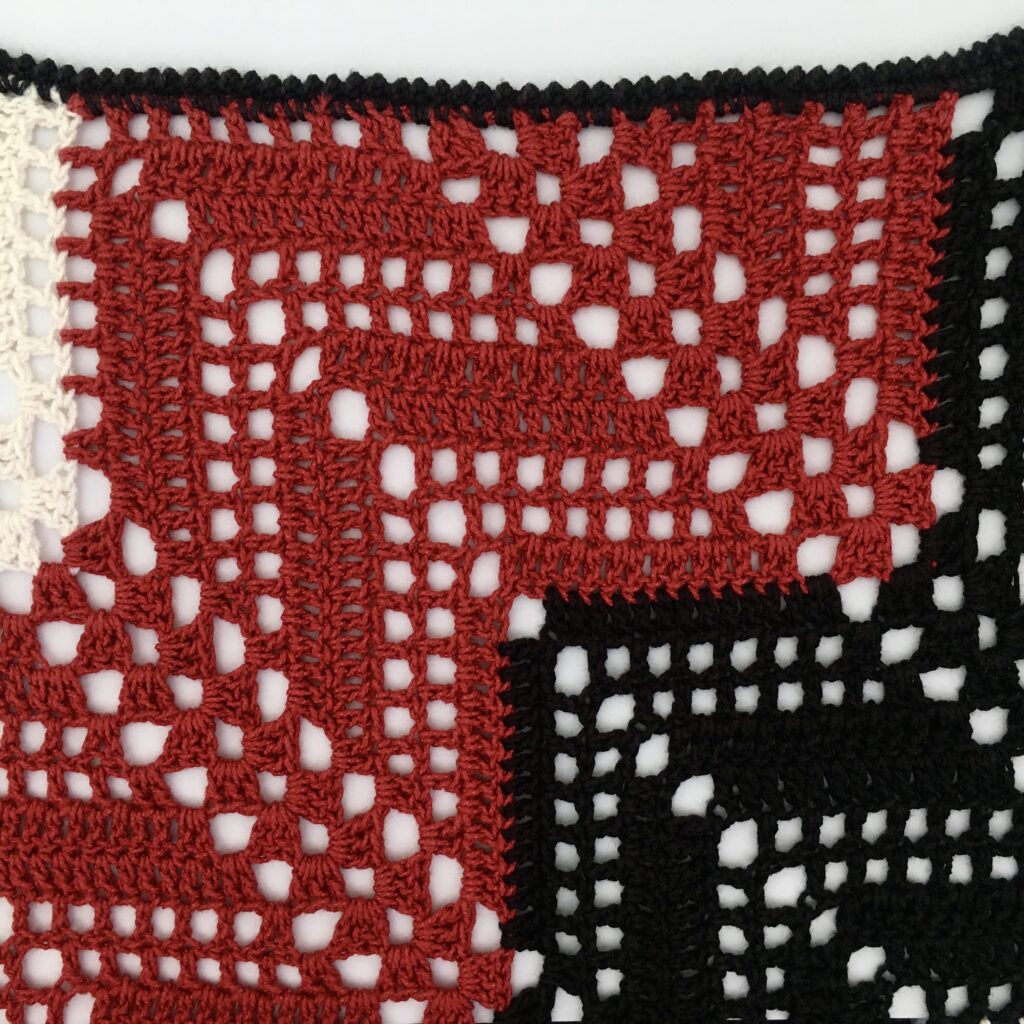
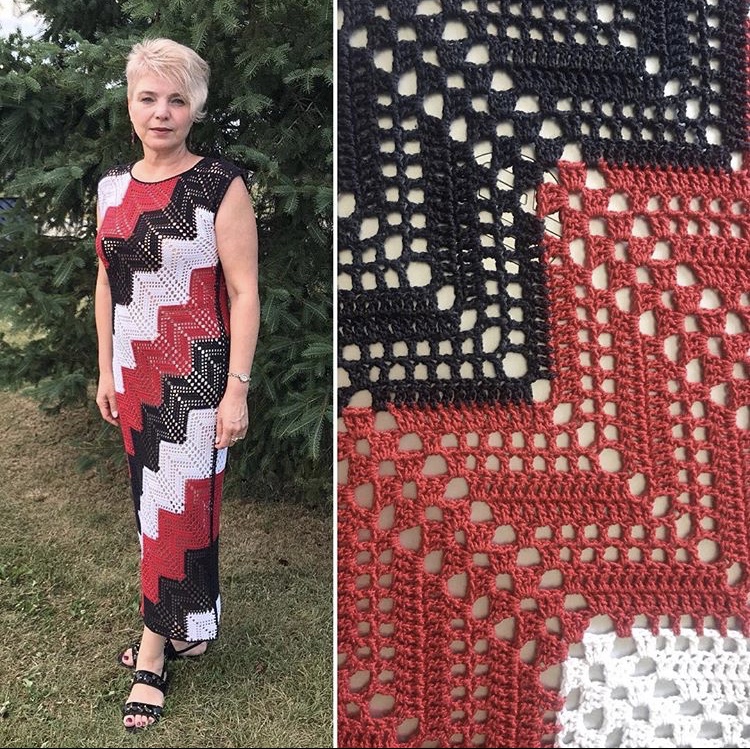
The third diagonal is black from 21 to 30 rows. The diagram shows the beginning of the black diagonal and the formation of horizontal and vertical lines in the future.

Knitting the armhole line in black in the photo.
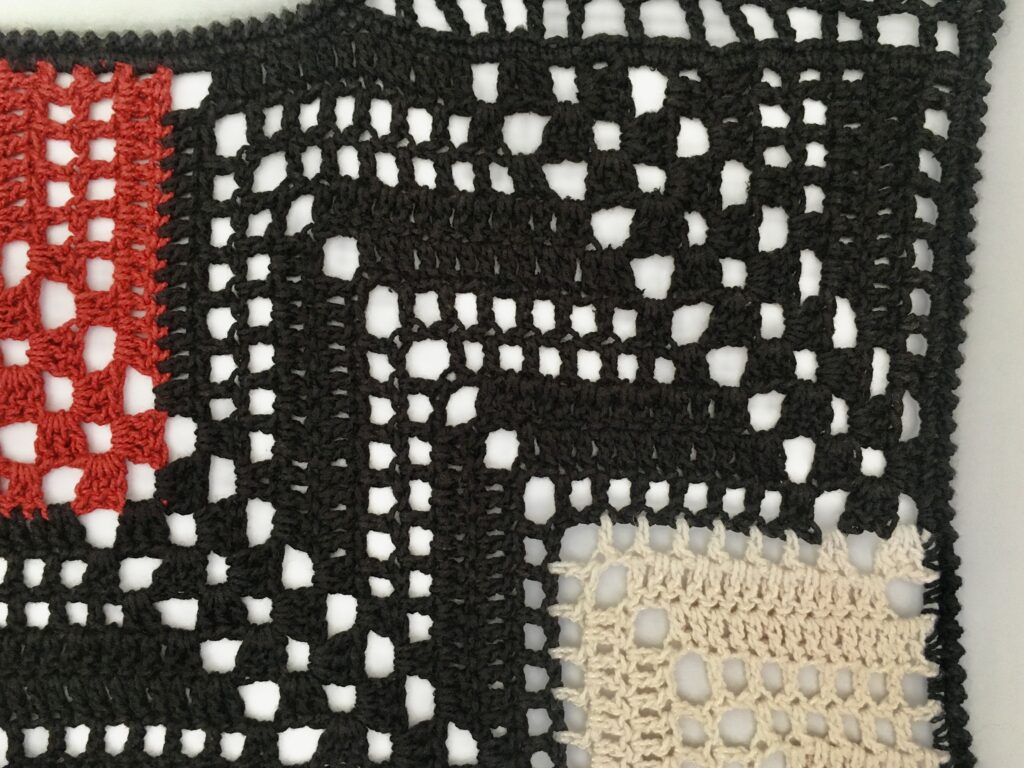
All other diagonals are knitted similarly according to the pattern. We knit a rectangle of any length.
My version of finishing the knitting fabric in the photo.
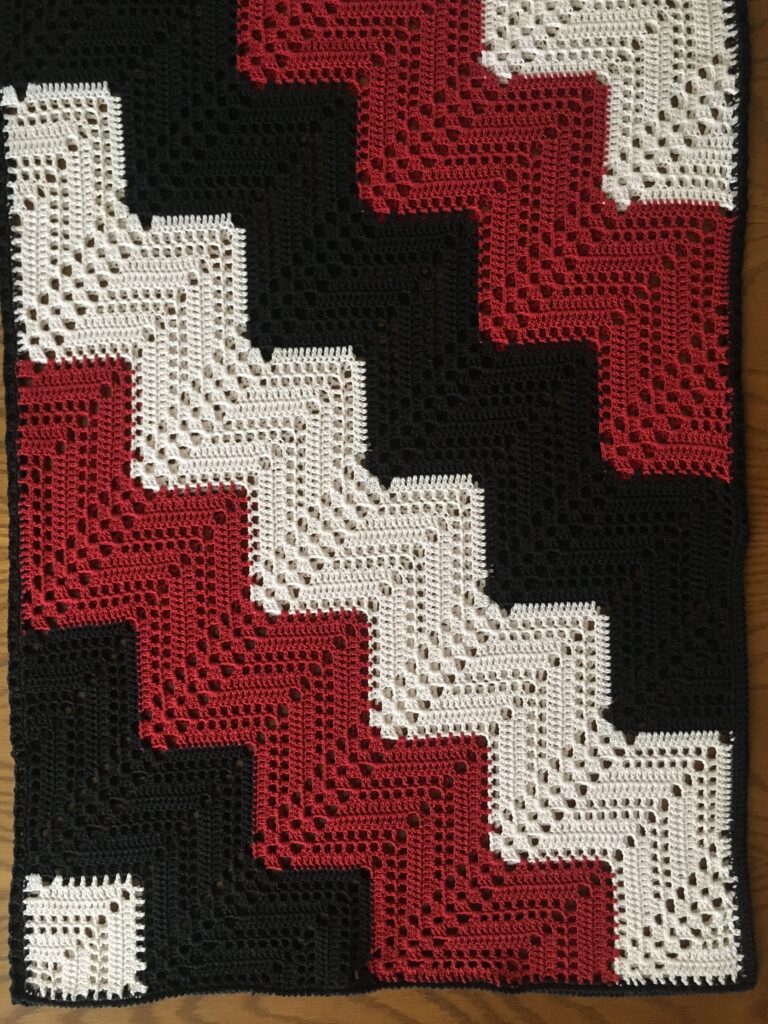
The fabric was finished by knitting a white square.
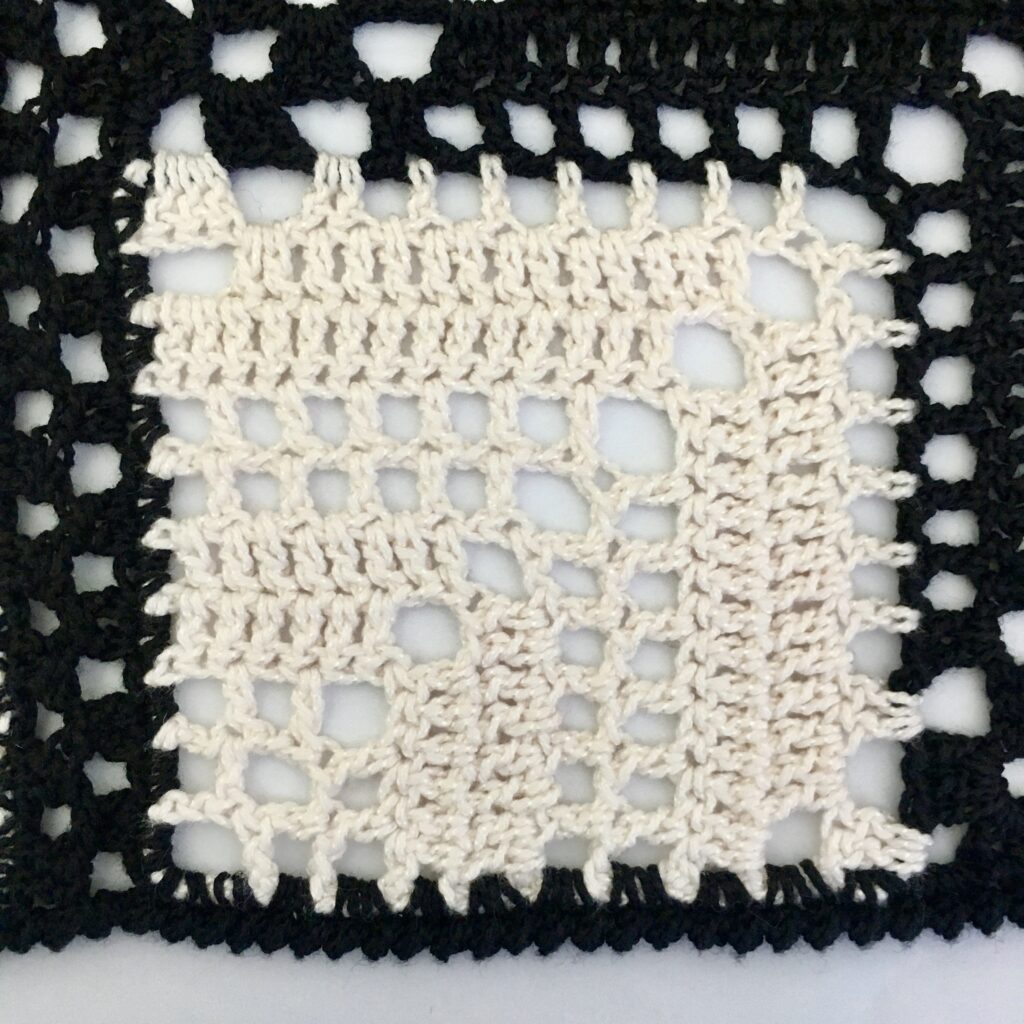
We repeat the second canvas. We tie both fabrics with RLS.
The dress has two identical halves. Due to the diagonal - bias - knitting, the dress fits well to the figure.

To design the shoulder line, we knit squares according to the following pattern. Square size 5.5 x 5.5 cm.
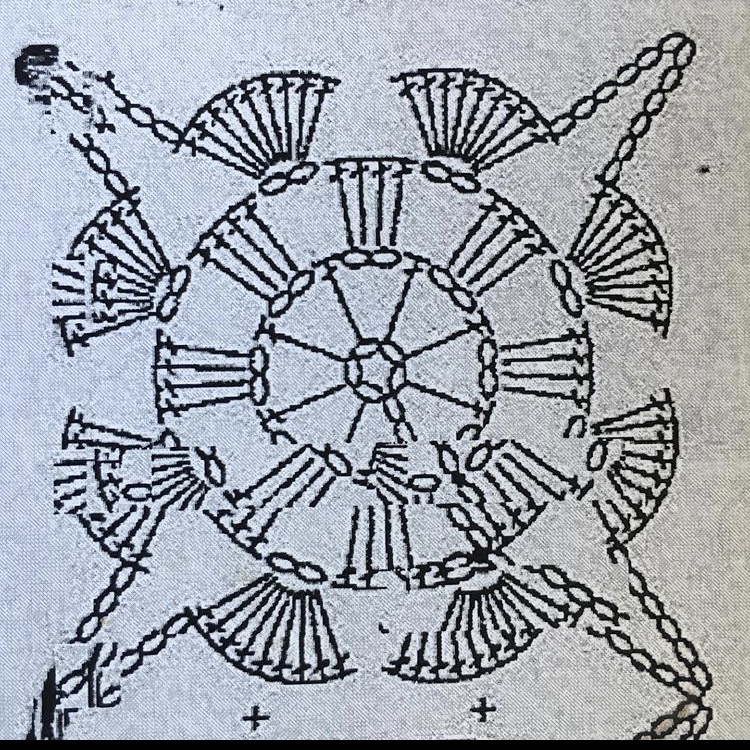
We connect the squares together while knitting the last row.
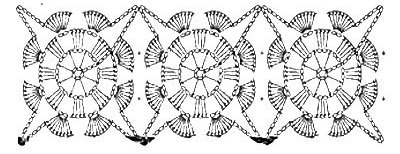

Next, we knit the squares between the fabrics along the shoulder line as follows:
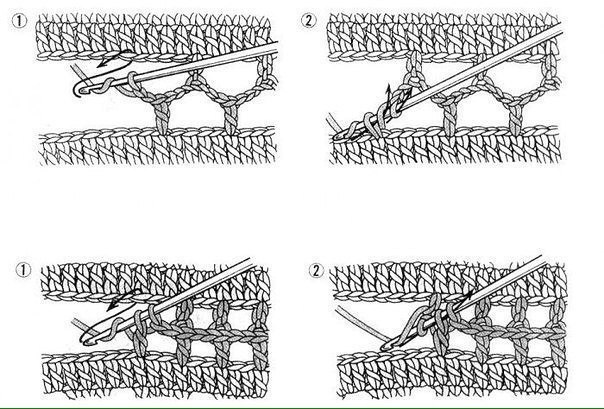
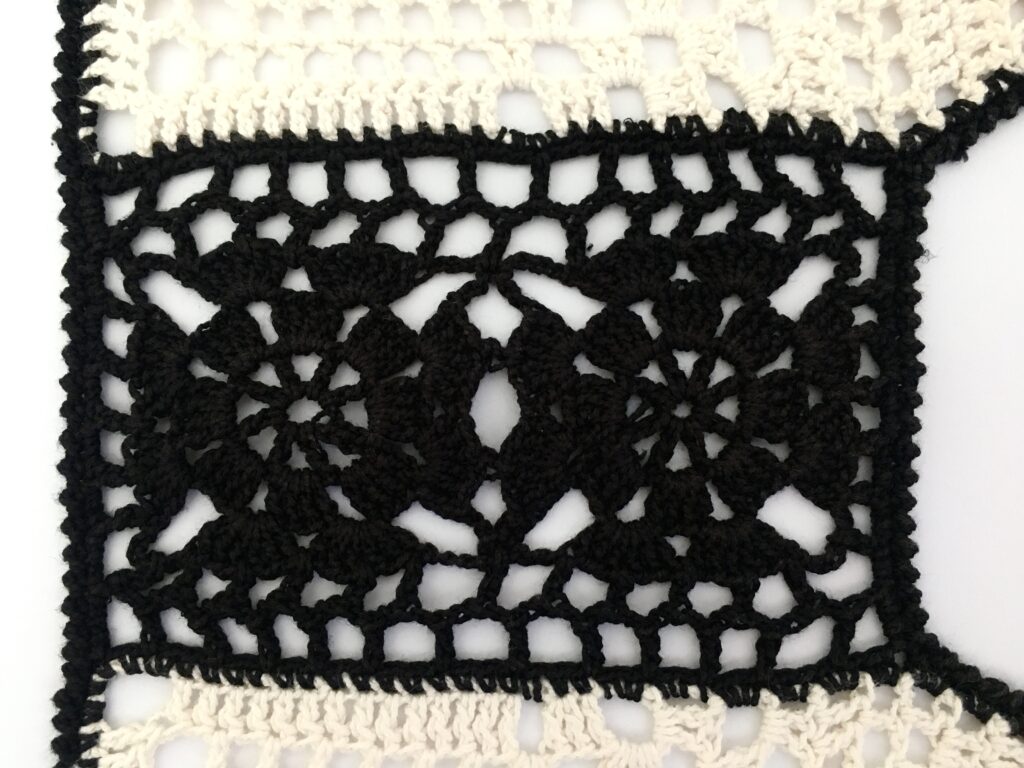
In the final version, the insert on the shoulder is 9 x 13 cm.
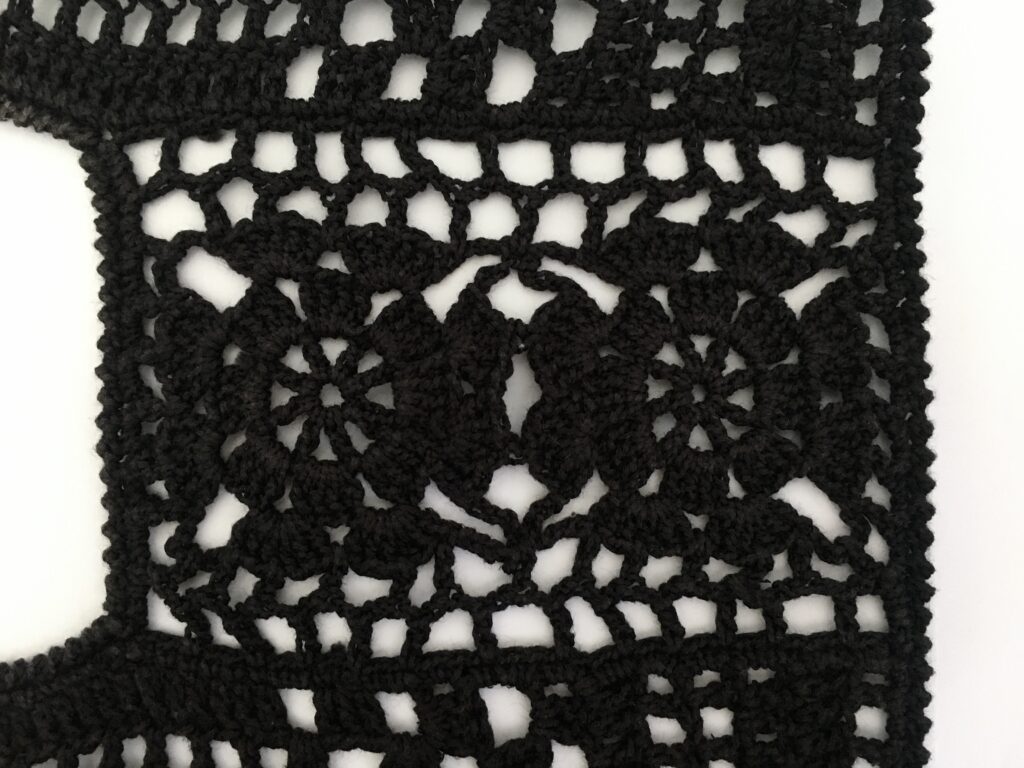
At the same time we tie the neckline in a “crawfish step”.

In the original version of the dress, stripes of square motifs were woven along the side seams. In this case, the issue of the width of the dress is resolved. Motifs can be selected in any size.
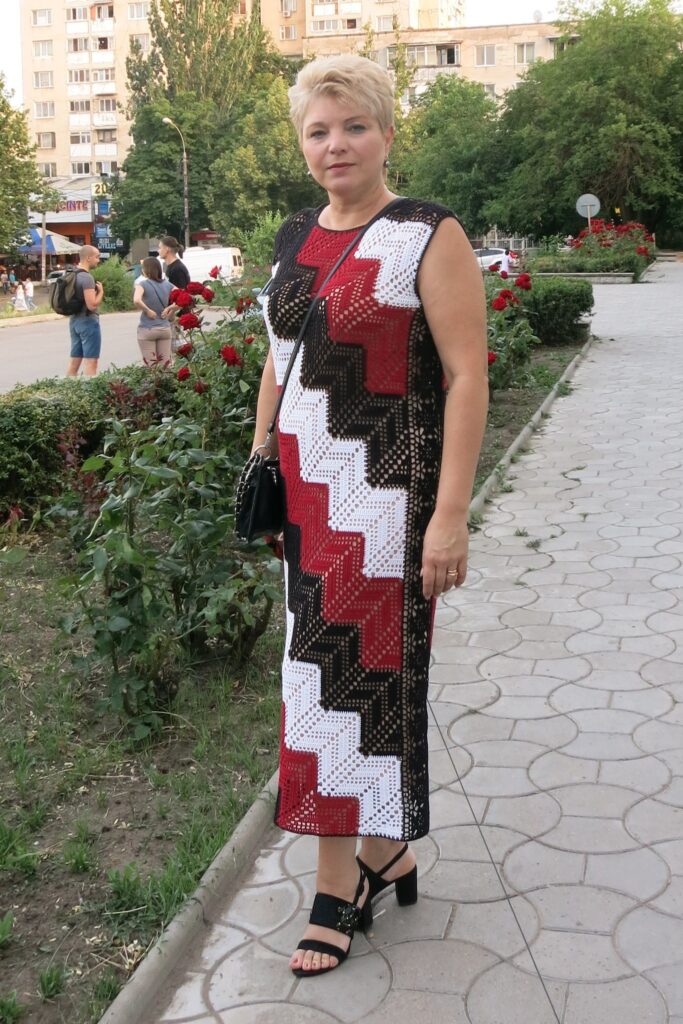
In the photo you can see the side “stripe”. The dress lasted for several years in this form.
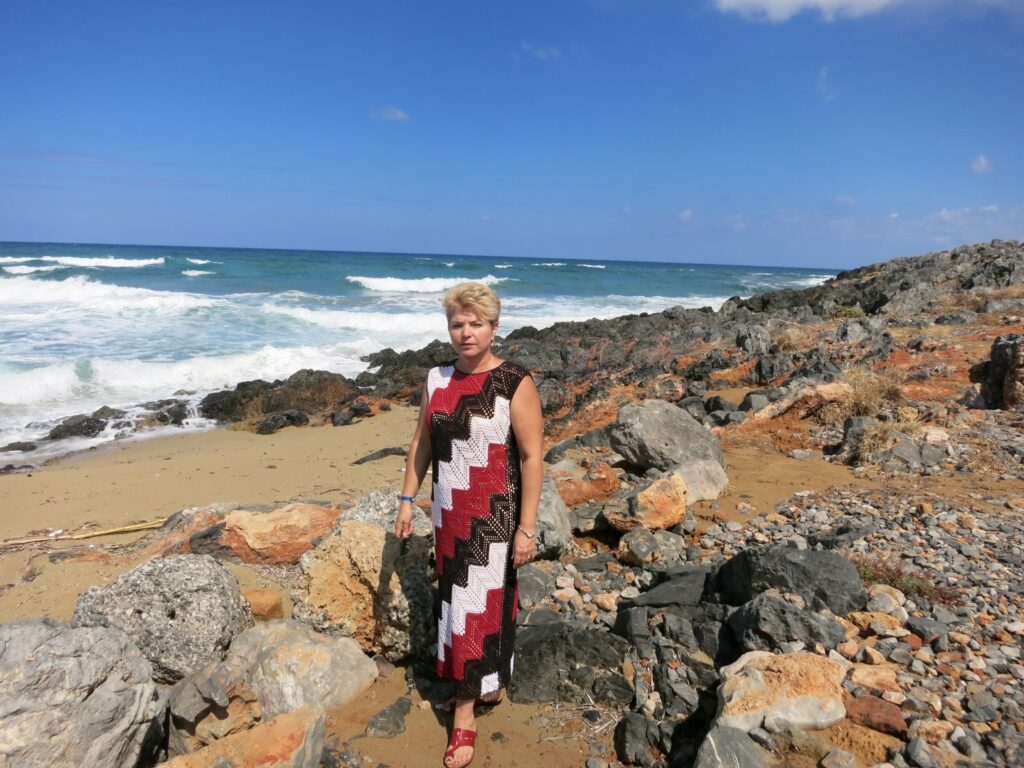
The dress is indispensable for summer trips to the sea and in the city. The time had come and it had to be narrowed down. The vents have wide “straps” and received decorative seams on the sides. The connection diagram is as follows: * 2СН to one edge, 2СН to the other * (pictured).

Later I came across a beautiful joining stitch that can be used to join knitted fabrics.

We leave a side slit on one side and tie the hem and slits in a crawfish step.

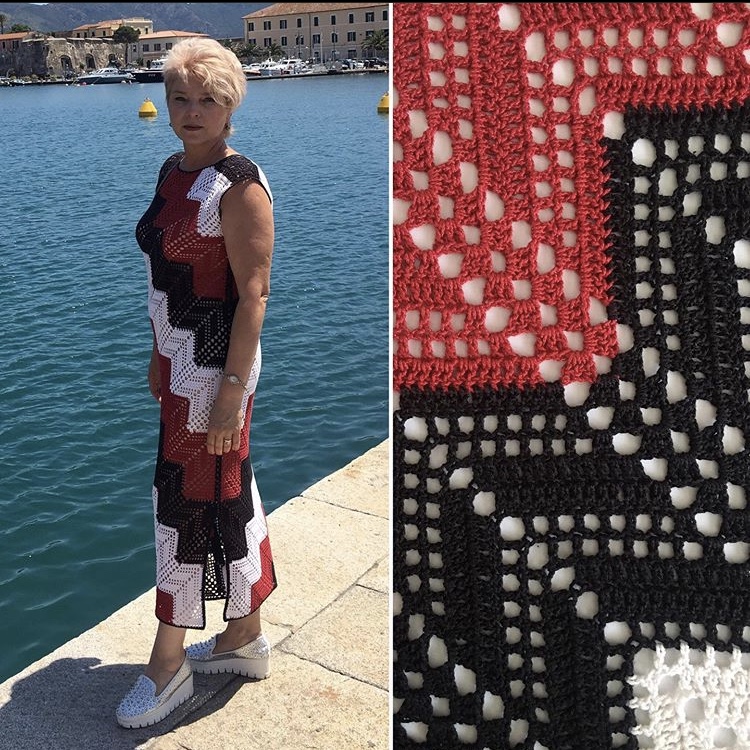
We also process the armholes with a “crawfish” step.
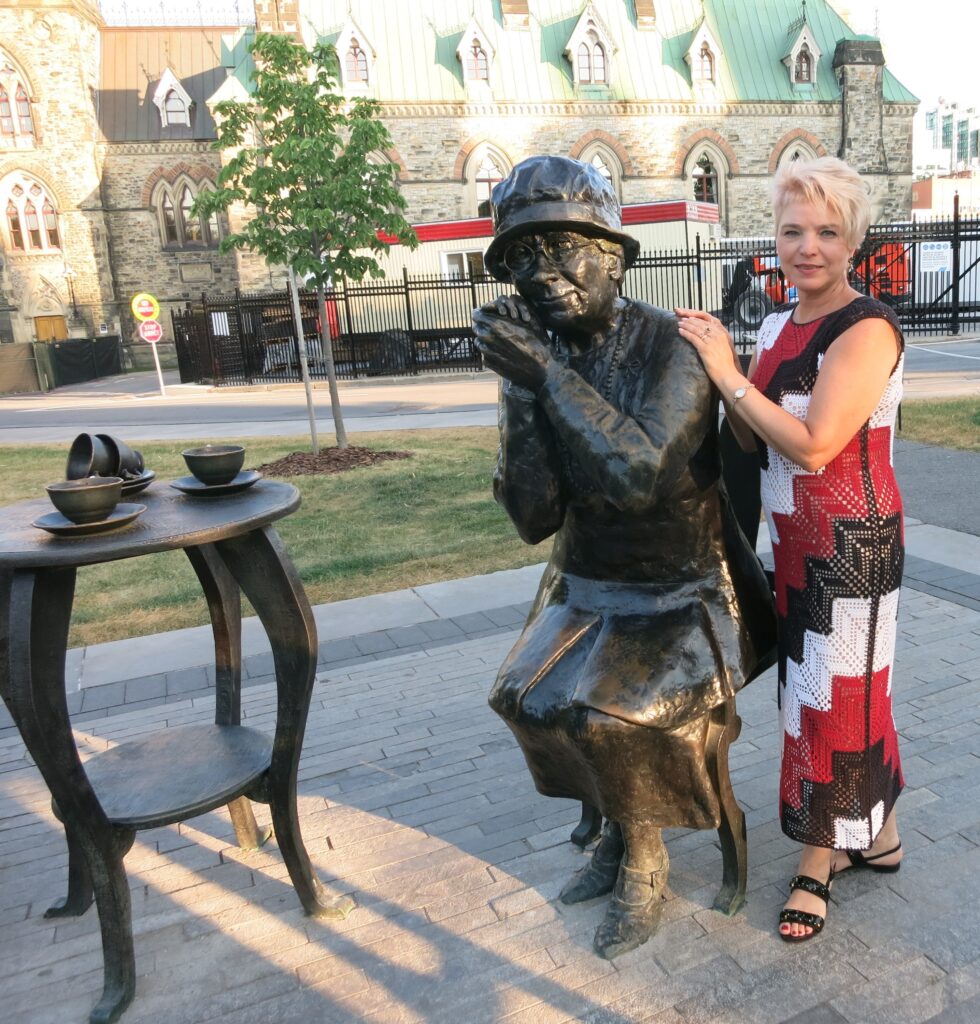
The dress is ready! Thank you for watching!
Related posts
10 Comments
Leave a Reply Cancel reply
About the Author
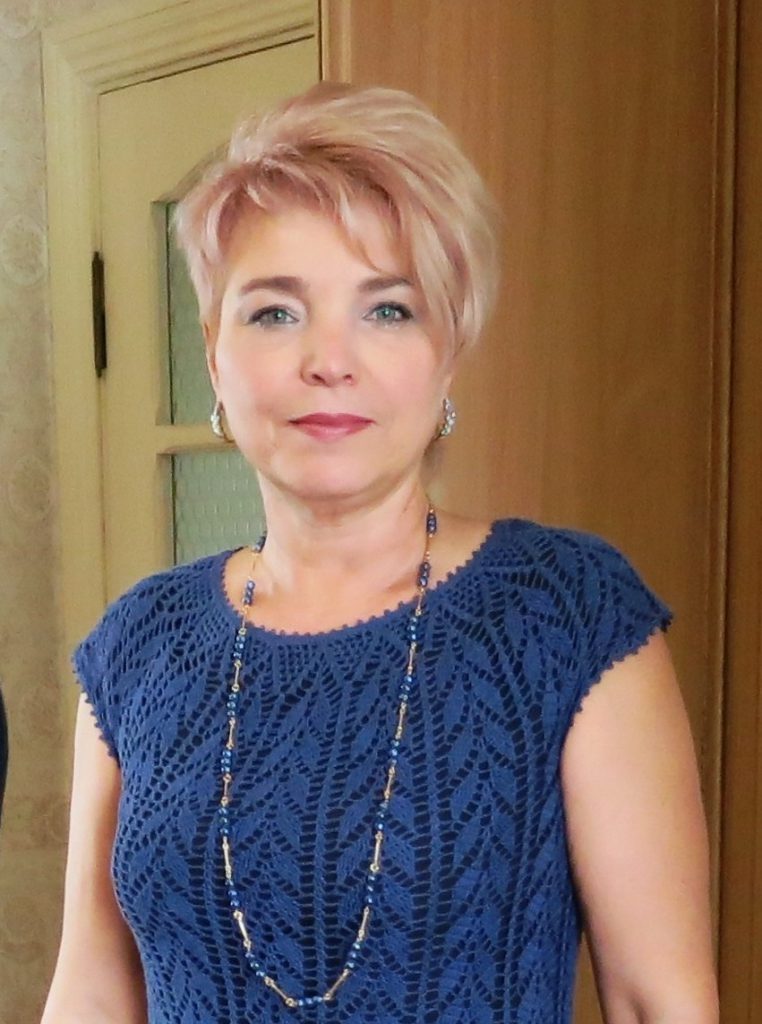
Welcome !
My name is Lilia. The main hobby of my life is knitting. I started with knitting needles and switched to a knitting machine. In 1988 I got acquainted with crochet - Romanian lace. About 10 years ago I became interested in Irish lace and Shetland knitting. And now I’m trying fillet crochet. On this site I want to share with you my 45 years of experience in various knitting techniques.
Latest publications
Пуловер с ажурным узором из «листьев»
Пуловер нежно-розового цвета ручной работы, связанный ажурным узором из шелковистой пряжи.
Black openwork jumper
Set “Crystal Rose”
Knitted coat with an openwork pattern in light green color
Knitted coat with an openwork pattern in light green color
Blog Subscription
Be the first to receive new items!

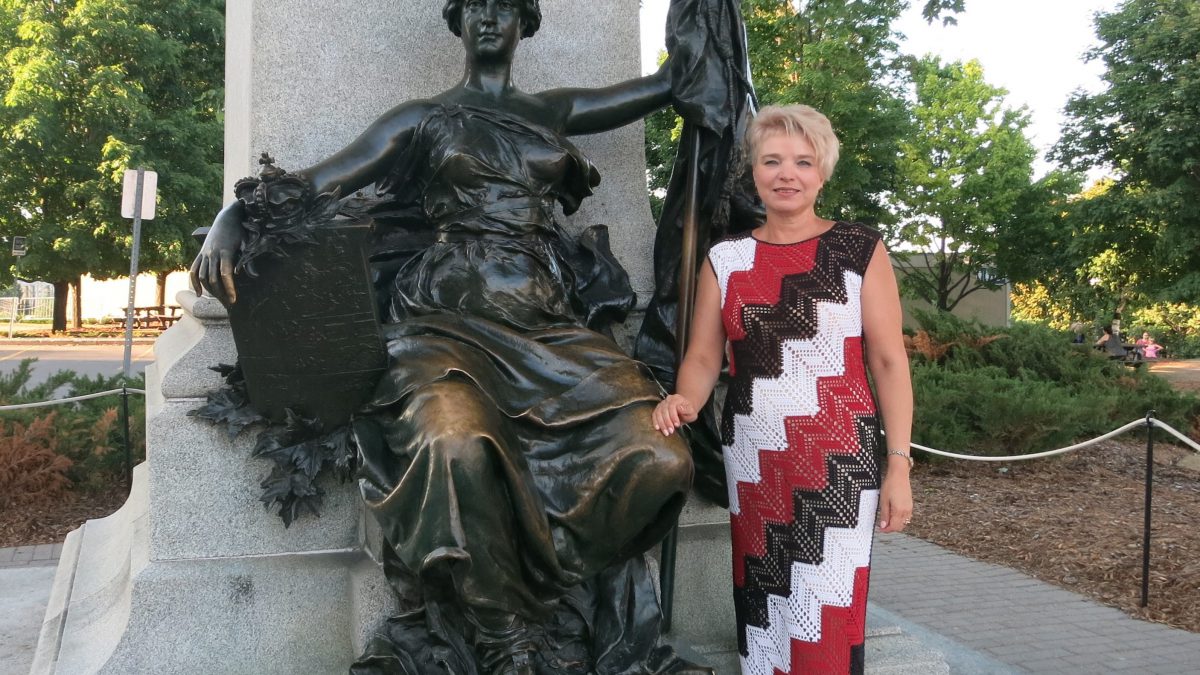
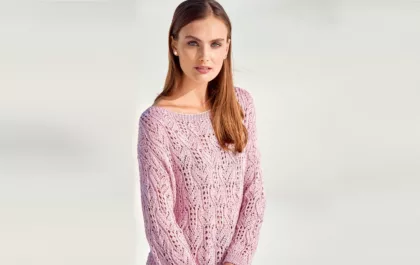
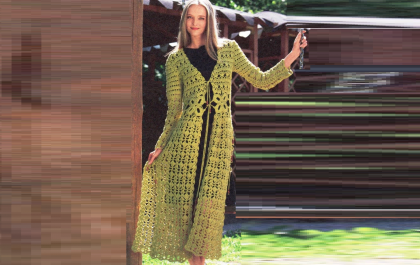
Lily, this is very beautiful! Thank you for the detailed explanation! You are the Master!
Thank you for such an awesome idea and detailed description! Gorgeous dress!
Tell me, why should I knit 20 loops with a separate red thread? How are they used further????
20 VP are cast on with a separate thread. The last loops of the 11th row are knitted along them. Knit a sample - everything will become clear during the knitting process.
Also, is it possible to connect the sides during knitting?
Why 20 loops with red thread?
Tell me, is it possible to connect the sides during knitting?
I did not try. I chose the easiest option.
I will also knit a beautiful dress according to your master class, thank you
Lily, good afternoon! Very beautiful dress, like all your products. Thank you for such a detailed description.
Let your creative imagination never run out!!!